Microchip NX7101 Bedienungsanleitung
Microchip
Nicht kategorisiert
NX7101
Lies die bedienungsanleitung für Microchip NX7101 (23 Seiten) kostenlos online; sie gehört zur Kategorie Nicht kategorisiert. Dieses Handbuch wurde von 6 Personen als hilfreich bewertet und erhielt im Schnitt 5.0 Sterne aus 3.5 Bewertungen. Hast du eine Frage zu Microchip NX7101 oder möchtest du andere Nutzer dieses Produkts befragen? Stelle eine Frage
Seite 1/23

TN-206 Voltage-Mode, Current-Mode (and Hysteretic Control)
by Sanjaya Maniktala
Copyright © 2012 Microsemi Page 1
Rev 0.5 / 07-30-12 Analog Mixed Signal Group
1 Enterprise, Aliso Viejo, CA 92656, USA; Within the USA: (800) 713-4113, Outside the USA: (949) 221-7100 Fax: (949) 756-0308
Introduction
Switching regulators have been with us for many years. They were considered tricky to design –
and still are. In 1976 Silicon General (later LinFinity, then Microsemi), introduced the first
monolithic (IC-based) switching controller, the SG1524 “Pulse Width Integrated Circuit”. A little
later, this chip was improved and became the “SG3524” historic industry workhorse. And very soon
thereafter, it was available from multiple chip vendors. Keep in mind that switching stages based on
discrete designs were already gaining ground, particularly in military applications. In fact, some
resourceful engineers had even made “switch-mode power supplies” by adding related circuitry
around one of the highest-selling chips in history: the “555 timer” (sometimes called the “IC Time
Machine”), introduced in 1971 by Signetics (later Philips, then NXP). The SG1524 was however the
first IC in which all the required control functionality was present on a single chip/die. With the
rapidly escalating concurrent interest in switching power supplies at the time, it is no surprise that
as early as 1977 the very first book on the subject, written by the late Abraham Pressman, appeared
on the scene. Together, these events spurred interest in an area well beyond most people’s
expectations, and ushered in the world of switching power conversion as we know it today.
The SG1524/3524 drove a pair of (bipolar) switching transistors with a “duty cycle” (ratio of switch
ON-time to the total time period) which was proportional to the “control voltage”. By using switching
transistors to switch the input voltage source ON and OFF into an LC low pass filter, a relatively
efficient voltage regulator was produced. At the heart of this regulator was the “PWM (pulse width
modulator) comparator”. The output pulse-train to drive the transistors with was a result of
applying a (relatively) smooth control voltage on one of this comparator’s input terminals, along
with a “sawtooth” or a “PWM ramp” generated from the clock, on its other input. See Figure 1. This
technique is known as "voltage-mode programming”, or “voltage-mode control” (“VMC”) – since the
duty cycle is proportional to the control voltage. The control voltage is in effect the difference
between the actual output voltage and the “reference” value (the value we want to fix the output at,
i.e. the “setpoint”). We will discuss this figure in more detail shortly.
Another well-known technique today, which has also been around since the 80s, senses the peak
current in the power switch or inductor, and turns the switch OFF at a programmed level of
current. This technique is called current-mode control (“CMC”). Keep in mind it was not “brand-
new” at the time. In fact it had been discovered years ago, but few had realized its significance till
Unitrode Corp. (now Texas Instruments) came along. It received a huge boost in popularity in the
form of the world’s first current-mode control (CMC) chip, the Flyback controller UC1842 from
Unitrode. In CMC, there is in effect a (fast-acting) “inner” current loop along with the “outer”
(slower) “voltage loop” which carries out the output regulation. See the note on ramp generation
within Figure 1, indicating how this particular aspect is different between VMC and CMC. Prima

TN-206 Voltage-Mode, Current-Mode (and Hysteretic Control)
by Sanjaya Maniktala
Copyright © 2012 Microsemi Page 2
Rev 0.5 / 07-30-12 Analog Mixed Signal Group
1 Enterprise, Aliso Viejo, CA 92656, USA; Within the USA: (800) 713-4113, Outside the USA: (949) 221-7100 Fax: (949) 756-0308
facie, CMC seems to be better. “Pulse-by-pulse” became synonymous with CMC. It was once even
thought to be the silver bullet, or magic wand, to fix everything that voltage-mode control was not.
The UC1842 was later improved to UC3842, and shortly thereafter, following the success story of
the SG3524, the UC3842 was soon available from innumerable chip vendors. But a few years into
this success story, expectations got somewhat blunted.
The disadvantages of CMC surfaced slowly. That growing realization was succinctly summed up in a
well-known Design Note – DN-62 – from Unitrode, which said: “there is no single topology which is
optimum for all applications. Moreover, voltage-mode control – If updated with modern circuit and
process developments – has much to offer designers of today's high-performance supplies and is a
viable contender for the power supply designer's attention.” It also says: “it is reasonable to expect
some confusion to be generated with the introduction of the UCC3570 – a new voltage-mode controller
introduced almost 10 years after we told the world that current-mode was such a superior approach.”
To put things in perspective, the above-mentioned design note was written by “the father of the
PWM controller IC industry,” Bob Mammano, who developed the first voltage-mode control IC, the
SG1524. Later, as Staff Technologist in the Power IC division of Unitrode (a division that p2-he had
jointly created with two others from Silicon General), Mammano led the development of the first
current-mode control IC, the UC1842.
N
P
:N
S
+
-
V
COMP
EA-output
{
{
V
O
{
V
IN
POWER STAGE
CONTROL SECTION
Transformer
(optional)
Feedback trace
Driver
not shown
+
-
V
REF
V
FB
EA-input
ERROR
AMP
{
Divider
(Sensor)
{
optocoupler
(optional)
CONTROL
OUTPUT
“LINE”
REFERENCE
Rf2
Rf1
Control voltage
OUTPUT
∑
INPUT
(LINE)
REFERENCE
-
+
FB pin
CONTROL
EA OUT/
Control Voltage/
COMP pin
DividerError Amp
PWM
Comparator
Switch
LC Post Filter
Equivalent
PLANT
FEEDBACK
PLANT
FEEDBACK
Rf2
Rf1
V
IN
In Current Mode Control, the “RAMP” is
generated from the Inductor Current
RAMP
RAMP
G(s)
H(s)
PLANT
FEEDBACK (COMPENSATOR)
Figure 1: Voltage and Current Mode Regulators with their shared Functional Blocks
Produktspezifikationen
| Marke: | Microchip |
| Kategorie: | Nicht kategorisiert |
| Modell: | NX7101 |
Brauchst du Hilfe?
Wenn Sie Hilfe mit Microchip NX7101 benötigen, stellen Sie unten eine Frage und andere Benutzer werden Ihnen antworten
Bedienungsanleitung Nicht kategorisiert Microchip
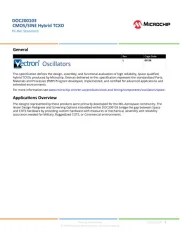
24 Juli 2025
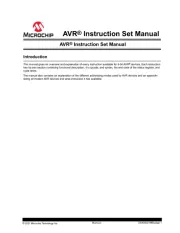
11 Juli 2025
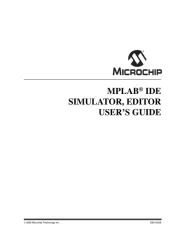
11 Juli 2025
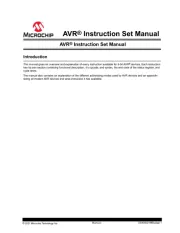
11 Juli 2025
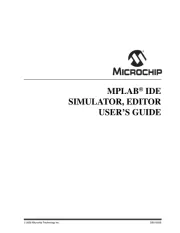
10 Juli 2025
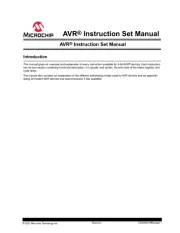
10 Juli 2025
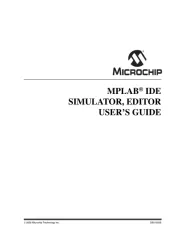
10 Juli 2025
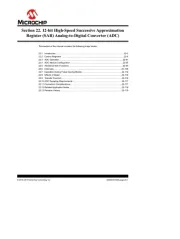
10 Juli 2025
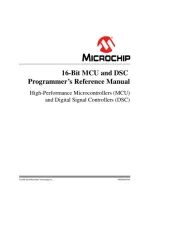
10 Juli 2025
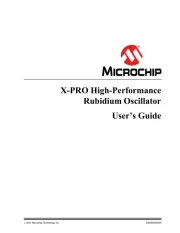
10 Juli 2025
Bedienungsanleitung Nicht kategorisiert
- VitalMaxx
- Electrolux
- Biohort
- Vocas
- Paw Patrol
- Glock
- Laica
- Max
- Apelson
- Balay
- Winix
- Rittal
- System Sensor
- CM Storm
- Ergodyne
Neueste Bedienungsanleitung für -Kategorien-

30 Juli 2025
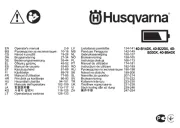
30 Juli 2025
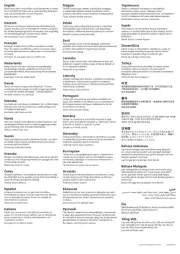
30 Juli 2025

30 Juli 2025

30 Juli 2025
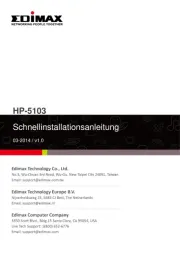
30 Juli 2025
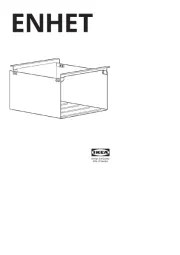
30 Juli 2025
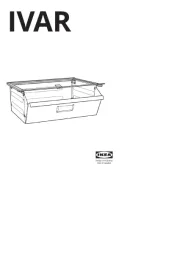
30 Juli 2025

30 Juli 2025
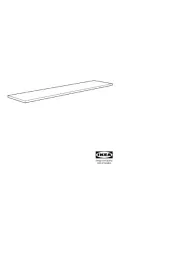
30 Juli 2025